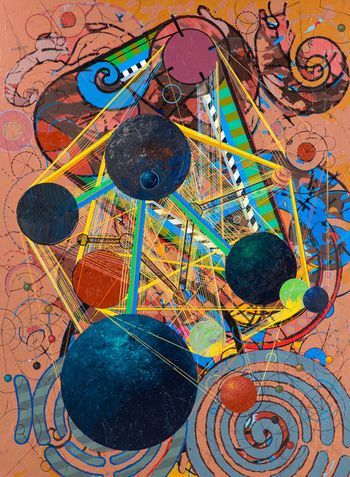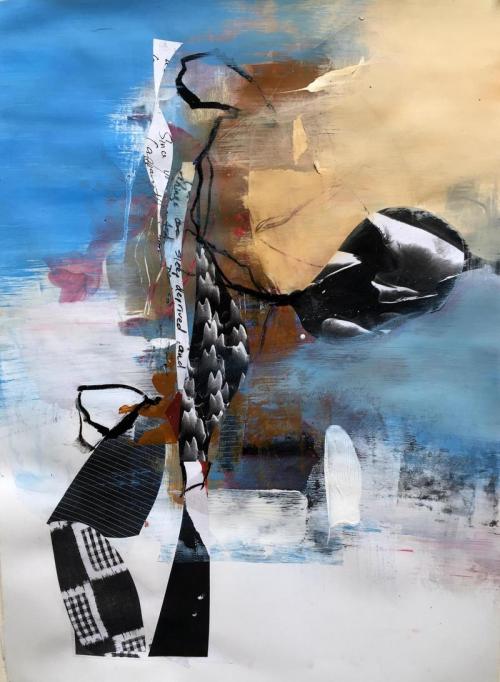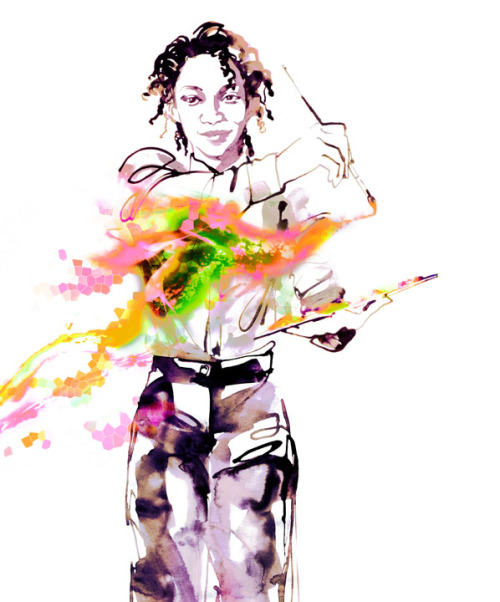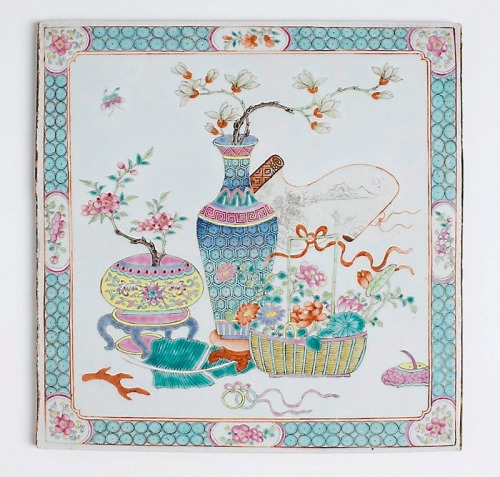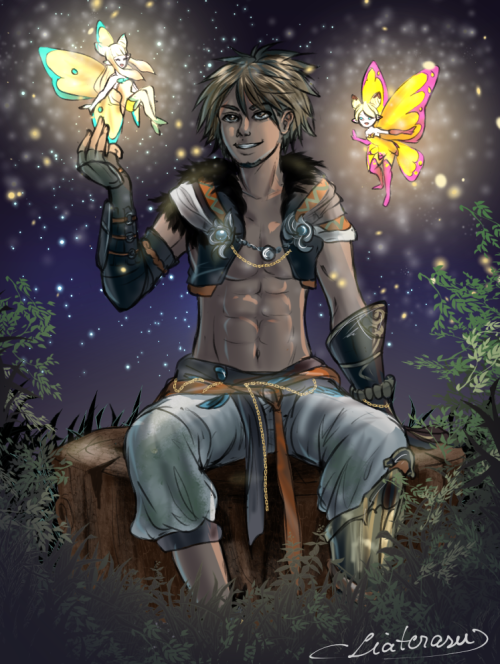#scholar
“I do not believe that a drive to knowledge is the father of philosophy. Rather, the real interests of the scholar usually lie in family, making money, or in politics.”
—F. Nietzsche, Beyond Good and Evil, §6 (edited excerpt).
Professor Hector Munro Macdonald, one of Europe’s foremost mathematicians, died on the 16th of May, 1935.
Hector was born in Edinburgh in 1865, the son of Donald MacDonald, originally of Kiltearn, Ross-shire, and his wife Annie, daughter of Hector Munro of Kiltearn.
Hector’s earliest education was in Edinburgh, but after his parents movrf the family to Fearn, in Easter Ross, he went to school there, and afterwards to the Royal Academy, Tain, Old Aberdeen Grammar School, and the University of Aberdeen, where he graduated in 1886 with First-Class Honours in Mathematics and won a Fullerton Scholarship.
Macdonald proceeded to Cambridge after completing his first degree in Scotland. Entering Clare College, Cambridge, as a foundation scholar, he graduated in the Mathematical Tripos of 1889, was awarded a fellowship at Clare in the following year and, in 1891, was awarded the second Smith’s Prize.
In 1901 he received the Adams Prize and was elected a Fellow of the Royal Society of London (FRS). He was awarded the Royal Society’s Royal Medal in 1916.
Macdonald held his fellowship at Clare College until 1908 and in 1914 he was awarded an honorary fellowship of his former College. From 1916 to 1918 he served as President of the London Mathematical Society. During World War I, Macdonald did war service in London attached to the Ministry of Munitions where he dealt with wages. He was transferred to the Ministry of Labour in 1916, where he remained until 1919.
Macdonald worked on electric waves and solved difficult problems regarding diffraction of these waves by summing series of Bessel functions. He corrected his 1903 solution to the problem of a perfectly conducting sphere embedded in an infinite *geneous dielectric in 1904 after a subtle error was pointed out by Poincaré. The major problem which he tackled was that of wireless waves. About the time that Macdonald published his prize winning essay on electric waves, Guglielmo Marconi was successful in the transmission of the first wireless signals across the Atlantic. However this posed a major problem at first because wireless signals, like light, should not be capable of being bent round the surface of the earth as apparently Marconi wireless signals were. Macdonald suggested that the wireless waves were being refracted by the atmosphere. It is now known that in fact the waves are reflected by the ionosphere.
Macdonald became Professor of Mathematics at the University of Aberdeen in 1905 and remained at the University for the rest of his life.
Pics are of Hector and his grave at St Machar’s Cathedral Aberdeen.
Post link

Tindwyl
I don’t see why only the male Terris stewards would have shaved heads… But then she is described as having long auburn hair. soooooo… a tiny bit of punk flavor it is.
I wish that we could have seen more of her.
Glass nibs are pretty awesome for writing and drawing.
—————————————————-
[image description: Tindwyl is shown as a woman in her late forties / early fifties with light to tan skin and her face shows a inclination towards East Asian features. She gazes critically through her metal lined glasses at a page in her hand. Her head is shaved at both sides, her long auburn hair, streaked with grey is gathered in a metal clasp at the back of her head and falls as a braid over her left shoulder down to her waist. She wears a blouse of a bright orange and a murky green, accentuated with violet diagonal stripes forming a large triangular pattern. There is a belt with a metal clasp at her waist over a long, voluminous dark violet skirt which too has a discreet triangle pattern.
In her right hand she holds a nib made from glass. She wears bracers and rings of different colored metals on her forearms and fingers and her ears are rimmed by lots of piercings and earrings from their top to the stretched earlobe. ]
Experiencing the Bauhaus while Black…
Mr. Robert Reed an African American Painter from Yale School of Art, where he received an M.F.A. in 1962. Despite his highly decorative academic life his experimental work using the bauhaus theory had fell into Oblivion until now…
Reed was born in 1938. He had only recently graduated high school when the Brown v. Board of Education of Topeka ruling was announced (but still did not put an end to segregation in Charlottesville, instead resulting in Virginia Senator Henry Byrd’s “Massive Resistance” policy). Reed then experienced major culture shock after he graduated from Morgan State University, a historically Black college, and started pursuing his BFA at Yale. He grew up in a Black community in segregated Virginia, and his move to Connecticut meant that he, unlike African Americans who were born and raised in northern states, had to learn as an adult to navigate a seemingly integrated, but no less racist establishment. The studio became Reed’s safe haven for freedom to invent and play, and his geometric abstractions allowed him to explore color adventurously while simultaneously creating visual metaphors of his personal experiences. Reed’s paintings address his nimble navigation of a world in which color bore especially oppressive meanings, and they do so via a coded visual language in which colors represent institutions and locales through which he made his complicated way, from the segregation-era South into the halls of the Ivy League. And it was through the formal tools of abstraction he learned through his Bauhaus professors at Yale that provided Reed the visual language to “hide in plain sight.”
Read article here https://bit.ly/3bzJalU
ACCOLADES
His work has been exhibited in America and Europe and has been included in group exhibits at
The Whitney Museum inaugural exhibition “America Is Hard to See”,
Albright-Knox Art Gallery, the Biennial of the Whitney Museum of American Art, the Hirshhorn Museum
The Walker Art Center, the Minneapolis Institute of Art,
The Yale University Art Gallery.
His solo exhibits include:
The Whitney Museum of American Art,
The Bayly Museum in Charlottesville, Virginia.
The Washburn Gallery in New York, the McIntosh Gallery in Atlanta and the Yale School of Art.
The list goes on….
Reed also authored several intensive studio programs including ACRE, SIX-Summer in Experiment, and The Site Program. He was the founder and director of the Institute for Studio Studies, which was associated with the Yale Summer Session in Auvillar, France, from 2009 until his death in 2014.
Mr. Reed lectured extensively and taught at Skidmore College in 1964 and the Minneapolis College of Art and Design, where he was head of the Foundation Studies Division. He was appointed to the Yale School of Art faculty in 1969 where he served for nearly 45 years as professor of painting/printmaking. He held several appointments as director of undergraduate studies in art at Yale starting in 1969 and also served as director of graduate studies in painting. From 1970 to 1975 he directed the art division of the Yale Summer School of Music and Art at Norfolk, Connecticut.
Reed was a National Council of Arts . He was awarded a grant from the National Endowment for the Arts. He was a recipient of the 2004 National Council of Art Administrators Distinguished Teaching of Art Award from the College Art Association, and was elected in 2009 to the National Academy Fellows in New York. He was awarded an honorary Doctor of Fine Arts degree from the Minneapolis College of Art and Design. He served as a board member for the McDowell Colony, the Virginia Center for Creative Arts, The Silvermine Guild Center for the Arts, Second Street Gallery and the Lyme Academy of Art.
Reed received numerous awards including the National Council of Arts Administrators, the College Art Association’s Distinguished teaching award, the William DeVane teaching award, National Academy Fellow and was a recipient of a grant from the National Endowment for the Arts.
Post link
i don’t add nearly enough Lily appearances to my Aeric doodles, which is FALSE and MISLEADING because those two are always chilling
Post link

Study me and graduate

Credit:George McCalman
The content we consume and its authenticity are called into question on a daily basis. But just 50 years ago, this was far from a common way to engage with art, culture and literature. That all changed with Barbara Christian.
From a young age, Christian was an avid reader, questioning why there were no African American or Afro Caribbean women included in the books she read. Born and raised in the U.S. Virgin Islands, she dedicated her life to changing ideas about race, gender and class, particularly around the representation of black women in American literature, ultimately asking, “who gets to tell their stories?”
While pursuing a graduate degree in literature at Columbia University, Christian became friends with Langston Hughes and was introduced to the works of many black writers. Her exploration of these writings would be realized later in her career — she was one of the first scholars to bring the works of Toni Morrison and Alice Walker to the attention of academia.
In 1972, two years after graduating from Columbia, Christian became an assistant professor at UC Berkeley. She was pivotal in creating the university’s African American studies department and, in 1978, was the first African American to be granted tenure. “She was a path-breaking scholar,” said Percy Hintzen, chair of the UC Berkeley department of African American studies. "Nobody did more to bring black women writers into academic and popular recognition.”
For so long, the majority of representations of black women in literature were crafted by white writers. Christian wanted to change that. Her theories provided a foundation for black women to assert control over their own image in American literature. Her 1980 study, “Black Women Novelists: The Development of a Tradition,” was the first of its kind to look at black feminist literature from the nineteenth century to contemporary times. In her lifetime, Christian truly pioneered the birth of black women’s literary criticism and theory.
“I can only speak for myself. But when I write and how I write is done in order to save my own life. And I mean that literally,” she noted. “For me literature is a way of knowing that I am not hallucinating, that whatever I feel/know is.”
Tile decorated with flowers of the four seasons, and emblems of the scholar. Qing dynasty 1644-1911, circa 1900. Stoneware with overglaze enamel decoration. Dimensions: 25.9 x 25.7 x 0.7cm. Accession number: 9953.30
Source:Art Gallery of New South Wales
Post link
People in Islam: Sayyed Mahdi al-Modarresi
Born in Kuwait in 1977 from the well known Modarresi family which contains many scholars and jurists like his father Sayyed Hadi Almodarresi, following his father’s footsteps, Sayyed Mahdi pursued his studies at al Qa’em Theological Research Institute in Damascus, the Islamic Seminary in Qum, Iran, and supplementary education in the United States and Australia finally graduating after studying core studies in Islam, philosophy, sociology, and politics.
Writing his first book, About the Signs of Allah and His Greatness at age 15, Sayyed Mahdi has since written many books in English and Arabic. He often spends his time traveling around the world speaking to Muslim youths on the dangers of this dunya, understanding the role of the Muslim in the 21st century, and the effects of our sins.
If you would like to know about Sayyed Mahdi al-Modarresi, you can see more of his lectures on Youtube.
Post link

(Largely inspired by Octolings, pop culture depictions of atheists, and medieval Indonesia. The name Nandegakko was derived from a random Japanese comment in a video about wrestlers.)
Here is a picture of a Nandegakkovian boy and girl: they can be told apart from other Igarins by their red hair and fierce tempers. The boy is a scholar, studying ancient records, and the girl is a warrior, trained to fight with the bow and knives. Nandegakko’s culture is a nation of scholars dedicated to preserving (and improvising) the histories and myths of the Galaxy; and it is also a nation of warriors who defend the innocents of the Galaxy from total slaughter and extinction. Either way, they Nandegakkovians celebrate their ancestors and the Resparin culture from which many of them were descended from.
Behind the duo are two symbols of Nandegakkovian culture. The diamond tree is the republic’s national flower, its glowing mineral-like fruit symbolic of the knowledge and creativity gifted to its people. Next to the tree are two blue sails, sacred emblems to the sea god Sailachro: although he is only worshipped by a minority of religious people, his symbols pervade Nandegakkovian society. In spite of their lack of belief, many Nandegakkovians respect sea turtles, symbols of their beloved ancestors.
To other people in the Galaxy, even among the most devout traditionalists, the Nandegakkovians seem archaic and backwards in terms of attire and speech, even as their technology is very advanced: their culture was derived from a mixture of Resparin traditions with Igarin society from a thousand years ago. Their anarchonistic attire makes them seem odd when contrasted against their technological advancement.
The text reads:
Red turtle: úrsida (turtle)
White octopus: NÁNDA DÁNDA DÉRATE (Knowledge is the greatest power)
The boy: naskuóče (scholar)
The girl: zónesa (warrior woman)
====
Nandegakko, a culture from a tropical terrestrial planet along the southern part of the Galaxy, is known for its rather distinctive culture. It is one of several cultures that are atheistic, in that its people do not believe in or worship any gods, an exception in a Galaxy where nearly everyone worships many gods. Yet its people have a strong love for mythology, tradition, and knowledge: they risk a thousand deaths to retrieve the most mysterious and obscure archive in the furthest place, and they immerse themselves in a hundred themes revolving around their legends and heroes.
The rest of the Galaxy sees them as naive and reckless, without any gods to save them from their eventual doom as heretics. But to some people, especially those whom they protected fiercely, the Nandegakkovians are seen instead as protectors. Whether they were preserving and sharing the secrets of the past to all, or defending and liberating the peoples of the Galaxy, the Nandegakkovians are even viewed as instruments of the gods, even as the latter do not worship them.
Some also consider them - with their creativity and their love of knowledge - to be the servants of Odin!







